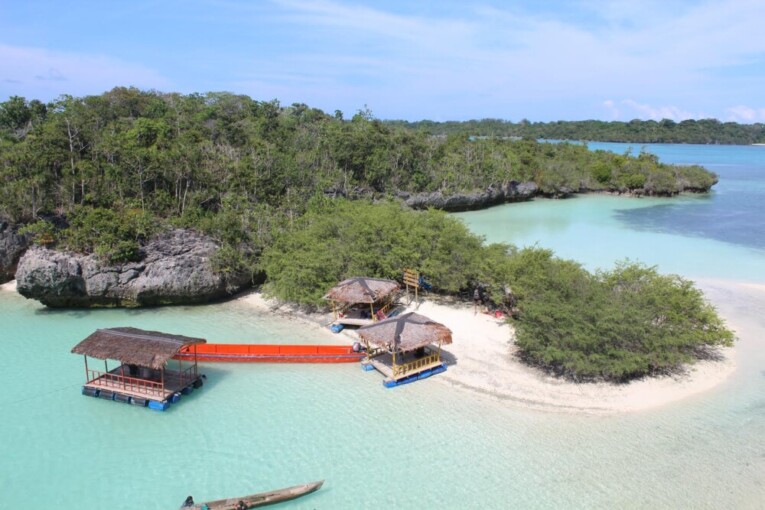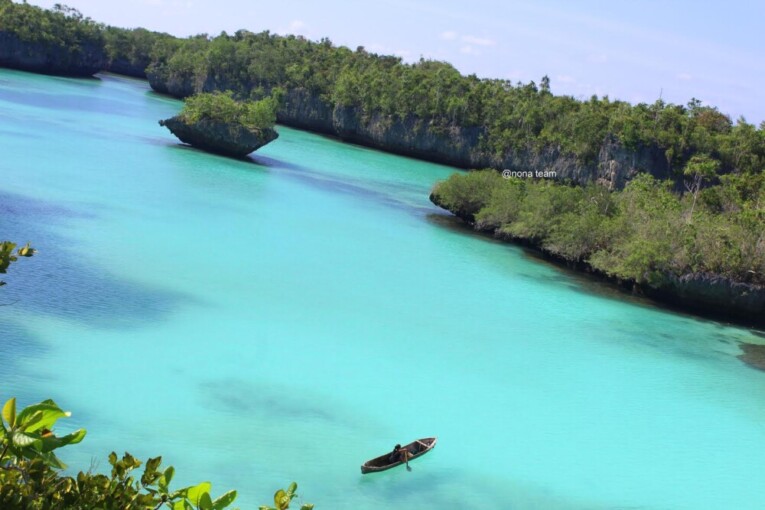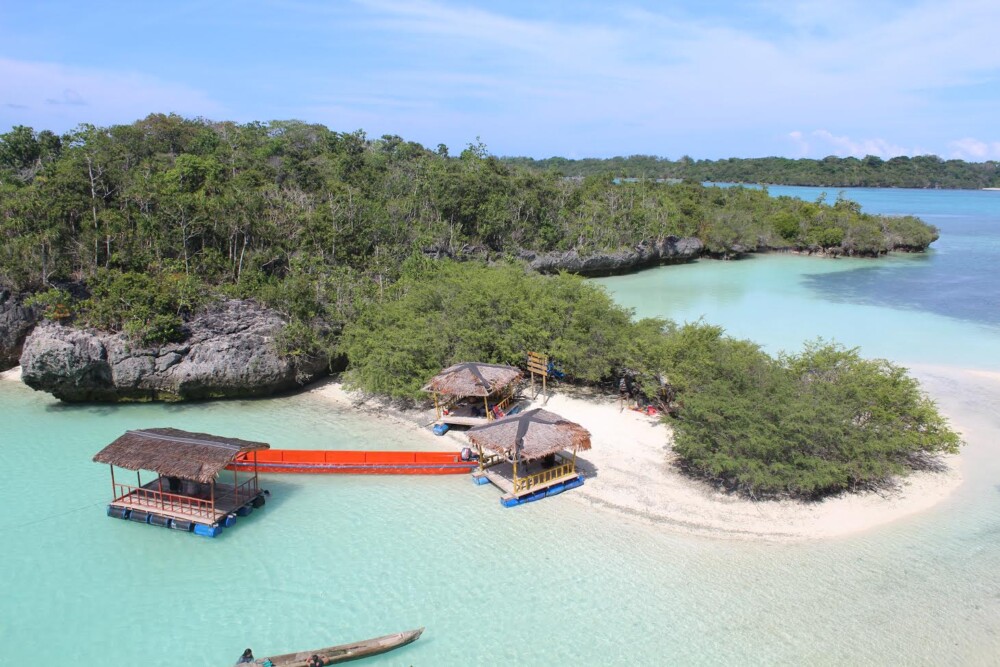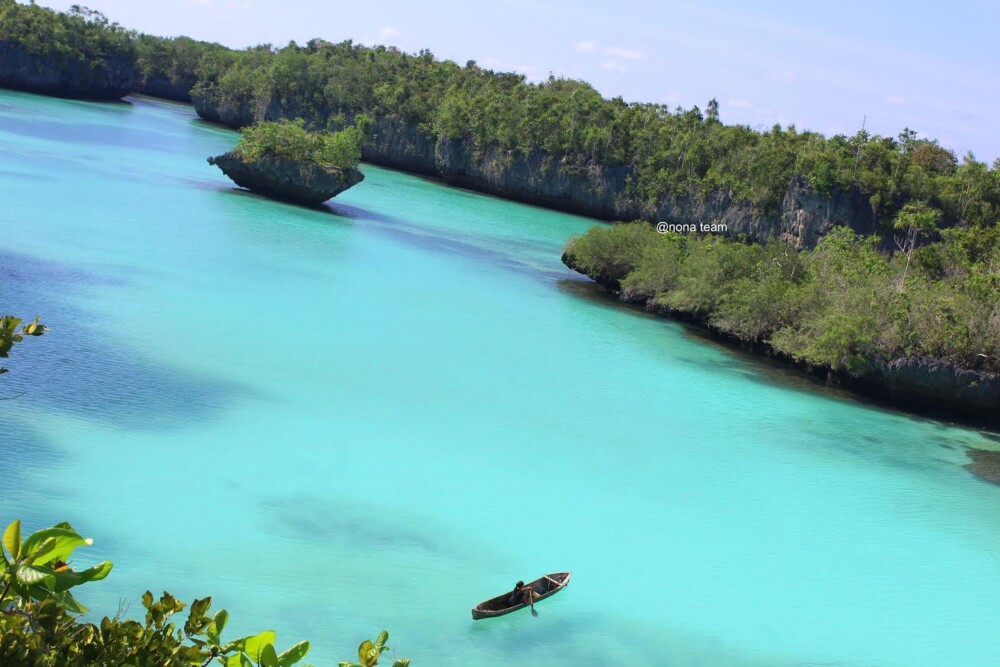Indonesia’s natural and cultural potential has become an asset for the development of national tourism. The sector is projected to be able to generate revenues bigger than other sector of excellence, such as coal, oil and gas.
“In 2020, tourism sector will be the biggest revenue contributor in Indonesia,” said Assistant to Deputy Head of Segment Development of Business Market in Tourism Ministry, Tazbir, SH., M.Hum, in the National Geographic Olympiad 2017 on Wednesday (11/1) in the Merapi Auditorium, Faculty of Geography UGM.
He further mentioned ten tourism destinations that are the priority for the country, namely: Lake Toba (North Sumatra), Tanjung Kelayang, Seribu islands, Tanjung Lesung (Banten), Borobudur Temple, Bromo Tengger (Mt. Semeru), Mandalika (West Nusa Tenggara), Labuan Bajo (East Nusa Tenggara), Wakatobi (Southeast Sulawesi), and Morotai (Moluccas). To develop this potential, he said synergy was needed between the government, society, higher learning, and the media. This spirit, Tazbir continued, is known as Indonesia Incorporated.
“Synergy is needed of all, which are government, society, higher learning, and the media to develop the national tourism,” he said.
In the national policy, tourism is an instrument to preserve the nature and culture. He emphasised the importance of the principle of geotourism that is the theme of the seminar, which is the principle that is based on preservation and utilisation for the people, particularly local community (Community Based Tourism).
“The Tourism Ministry appreciated the Student Association of Faculty of Geography UGM that has initiated the geotourism seminar,” said Tazbir.
The importance of geotourism in national tourism development is also delivered by Head of Development Division of Yogyakarta Tourism Agency, Aria Nugrahadi, M. Eng. Geotourism based tourism events in his opinion can enrich the geographic characteristics of an area, namely the environment, heritage, esthetics, and people welfare.
“The strategic area of national tourism that has the main tourism function or has the potential for national tourism development can have an influence on one or more aspects, such as economic, social, and cultural growth, natural resource empowerment, supporting factors of the environment, and security and defence,” he said.
Furthermore, Yogyakarta has five Strategic Areas for National Tourism (KSPN), which are Yogyakarta, Merapi-Merbabu, Karst Gunungkidul, South Coast, and Prambanan-Kalasan.
“The five of them are synergised with Borobudur in Central Java and the planned new airport in Kulon Progo,” said Aria.






